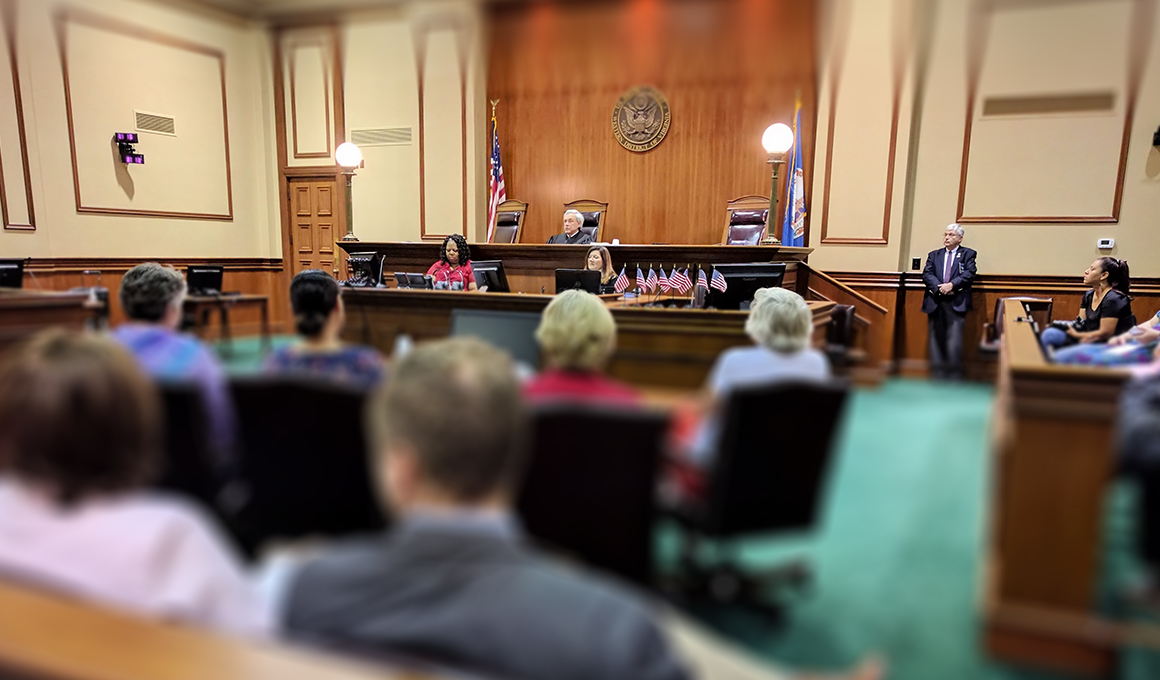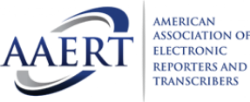The Power of Visuals in Trial Presentations for a Winning Debate
The combination of visuals in trial discussions has actually emerged as an essential element in successfully interacting intricate debates to jurors. By using different types of visual aids-- be it diagrams, pictures, or computer animations-- attorneys can boost understanding and retention, eventually shaping the jury's perception of the situation.
Importance of Visuals in Trials
In numerous lawful settings, visuals play a vital duty in improving the performance of test discussions. The combination of visual components can significantly impact jurors' understanding and retention of intricate information, consequently shaping their perceptions and decisions. Visuals, such as graphes, diagrams, and pictures, can simplify elaborate narratives, making them much more easily accessible and compelling.
Furthermore, the human mind processes visual info much more successfully than text, which emphasizes the importance of incorporating visuals into lawful debates. By equating dense legal ideas right into aesthetic styles, lawyers can promote more clear interaction, guaranteeing that key points are not overlooked during tests.
Additionally, visuals offer to engage jurors on a psychological degree, promoting a link to the case that words alone may fall short to achieve. The calculated usage of visuals can stimulate empathy, motivating jurors to think about the human facets of the instance.
Ultimately, the value of visuals in trials depends on their capability to boost clearness, boost juror interaction, and reinforce the story being offered. This powerful combination is vital for crafting convincing disagreements that resonate with jurors and affect the result of legal process.
Kinds Of Visuals to Make Use Of
Efficient trial presentations can considerably profit from a selection of visual tools that provide to different facets of the case. trial presentations. Making use of diagrams and charts can successfully damage down complicated details, making it more digestible for jurors. Flowcharts can highlight the sequence of events, while bar graphs may succinctly contrast pertinent data points.

Animations and simulations can additionally play an important role, particularly in instances entailing technological information or detailed scenarios. These visuals can dynamically represent processes or activities, giving clarity and involvement that fixed pictures might not attain.
Moreover, infographics integrate text and visuals to sum up vital information efficiently. They can present timelines, statistics, and considerable situation factors in a visually attractive manner, making it much easier for jurors to comply with the disagreement.
Enhancing Comprehension and Retention

Enhancing understanding and retention throughout test discussions is critical for making sure that jurors comprehend the crucial elements of a case. Visual help work as powerful devices in this respect, equating complex details into quickly absorbable styles. By utilizing graphes, diagrams, and infographics, attorneys can streamline elaborate information and emphasize bottom lines that might or else be ignored.
Studies have shown that individuals preserve information considerably better when it exists aesthetically. This is particularly significant in a trial setting, where jurors might be overwhelmed by the volume of proof and testament. By tactically integrating visuals, lawyers can guide jurors' focus to the most find more information critical aspects of the case, enhancing their understanding and memory of the material presented.

Creating Involving Discussions
Captivating jurors' interest throughout trial presentations is essential for conveying an he said engaging narrative. Engaging discussions take advantage of aesthetic elements to develop a remarkable experience that resonates with jurors. The calculated use of graphics, computer animations, and videos can illuminate complex info, making it a lot more obtainable and relatable.

Additionally, integrating narration techniques can improve interaction. Presenting evidence in a rational series that develops sob story permits jurors to attach with the material on a personal level. Numerous discussion layouts, such as including brief video clip clips or interactive components, can likewise endure rate of interest and focus throughout the trial.
Inevitably, an appealing presentation cultivates an extra profound understanding of the situation, allowing jurors to much better value the arguments existing and bring about a much more beneficial outcome.
Case Research Studies and Success Stories
Numerous study highlight the considerable impact of visuals in test discussions, demonstrating their capability to influence juror assumptions and ultimately the end results of cases. As an example, a remarkable situation including an injury insurance claim highlighted exactly how making use of a 3D computer animation of the mishap scene made clear complicated information. Jurors reported really feeling more informed and understanding, considerably guiding their decision for the plaintiff.
In another instance, a corporate lawsuits case used infographics to existing economic information and timelines, making intricate information accessible. The visual representation allowed jurors to grasp site the nuances of the situation a lot more efficiently than verbal explanations alone. trial presentations. Because of this, the jury returned a judgment that went beyond the customer's assumptions
The engaging visuals not just helped in developing uncertainty but also resonated mentally with jurors, leading to an acquittal. These success tales underscore the necessity of integrating visuals right into trial presentations, as they enhance understanding, retention, and eventually, the persuasive power of legal disagreements.
Conclusion
To conclude, the calculated consolidation of visuals in test discussions substantially enhances jurors' comprehension and retention of complex details. By making use of different sorts of visuals, lawyers can properly make clear crucial factors and foster emotional links with the target market. Involving discussions, supported by compelling case studies, show the profound impact that visuals can carry convincing communication. Ultimately, the power of visuals acts as a critical component in achieving favorable test outcomes.